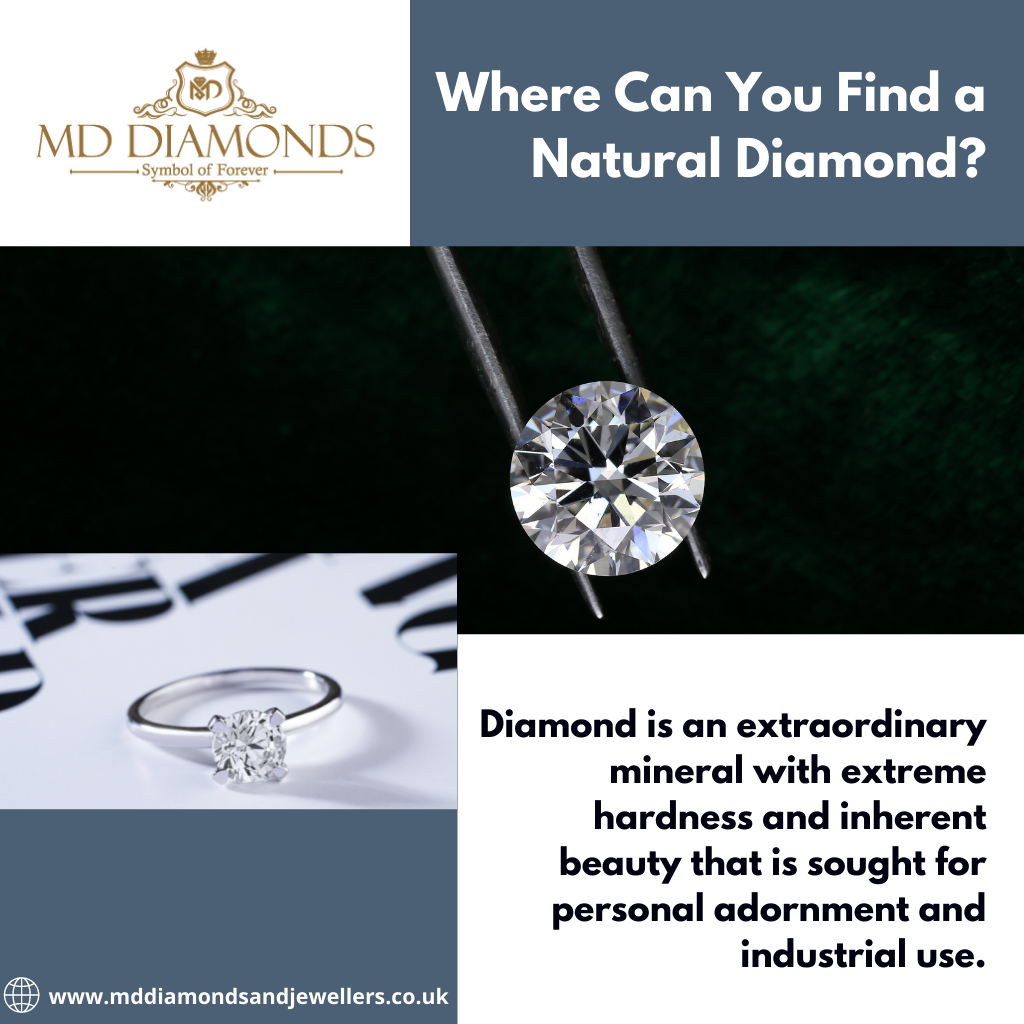Many diamond substitutes have entered the market in recent years, and in some cases, they may be referred to as "fake," "synthetic," or "simulated."
The Gemological Institute of America, or GIA, refers to lab-created diamonds as "man-made or synthetic diamonds."
Simulated diamonds, on the other hand, are stones that only appear to be diamonds, such as cubic zirconia, white sapphire, moissanite, zircon, rutile, spinel, and synthetic garnet.
The Gemological Institute of America, or GIA, refers to lab-created diamonds as "man-made or synthetic diamonds."
Simulated diamonds, on the other hand, are stones that only appear to be diamonds, such as cubic zirconia, white sapphire, moissanite, zircon, rutile, spinel, and synthetic garnet.
What Exactly is a Natural Diamond?
A natural diamond is the toughest natural substance known to man and is made of carbon. Natural diamonds form over a billion to 3 billion years, at least 85 miles underneath the earth's mantle, under extremely high temperature and pressure. Once a diamond is formed in these underground conditions, it travels to the earth's surface via molten rock, in which it is extracted, developed, and transformed into beautiful jewellery or used for industrial purposes.
When looking for an engagement ring, you may come across the term GIA diamond, which stands for a diamond graded by GIA, the creator of the 4Cs and the independent diamond authority. Natural diamonds price depends upon many factors, including the size, age, purity, colour and the overall quality of Natural Diamonds for Sale.
What exactly is a GIA diamond?
As previously stated, a GIA diamond is simply a term used by diamond sellers to define diamonds that have been evaluated by GIA. The GIA is an independent, non-profit organisation that conducts gem research, educates professionals, and establishes diamond quality standards. The grading of diamonds is one of the GIA's primary functions. You may have heard or read about the four Cs of diamond quality: Colour, clarity, cut, and carat weight are all important considerations. This standard was developed by GIA, as were the scientific procedures for evaluating each "C" and the grading terminology used to describe them.
The GIA doesn't really mine diamonds or buy, sell, or trade them in a commercial capacity. It does not appraise diamonds and is not involved in diamond pricing or valuation in any other way. GIA is completely independent of these commercial interests, ensuring that its diamond quality assessments are completely objective and unbiased.
If you want to know the quality of the diamond you're considering, look for GIA-graded diamonds and the GIA diamond grading reports that come with them because quality and price go hand in hand.
Is every diamond certified by the GIA?
No, it's not like all diamonds have been GIA-certified. Even so, given the abundance of GIA-graded diamonds on the market, this may appear to be the case. This volume demonstrates jewellers' and their customers' faith in GIA's accurate and independent grading services.
To ensure that your diamond was graded by GIA, request a copy of its GIA grading report. In addition to a comprehensive evaluation of the diamond's 4Cs, the GIA report includes a unique number that is sometimes embedded on the diamond's girdle. You can use the report number to gain access to GIA's online global report database, GIA Report Check, to confirm that the diamond has been GIA graded and to view all of its grading details.
Conclusion
The GIA certified natural diamonds are a good choice as it is graded by the authority, so there are fewer chances of getting fake or inappropriate diamonds. You can visit our website if you are looking for natural diamonds for sale; We have a wide range of Natural diamonds prices.

